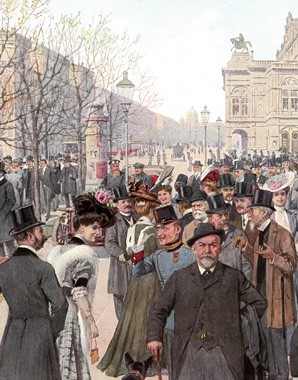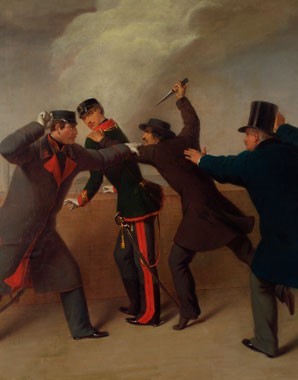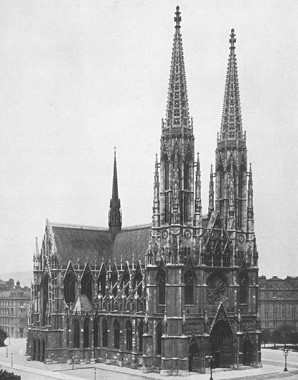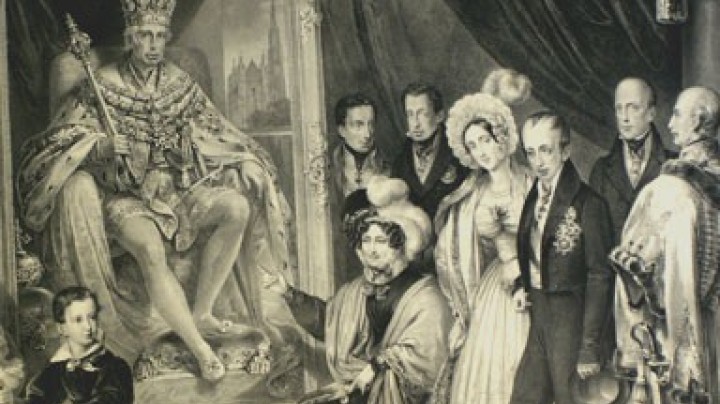God saved the Emperor – and Vienna got the Votivkirche
The Votivkirche in Vienna was built to mark an unsuccessful attempt on the life of Emperor Franz Joseph. Its history also reflects the conflict between the different nationalities in the Monarchy.
On 18 February 1853 the tailor’s apprentice János Libényi attacked the young Franz Joseph with a dagger. The assassination attempt was however unsuccessful – the Emperor survived.
His brother, Archduke Ferdinand Maximilian, later Emperor of Mexico, launched a fund-raising appeal for the erection of a church as a votive offering from the peoples of the Monarchy ‘in gratitude for His Majesty’s deliverance’. Thirty thousand citizens made a donation, their names being published daily in the Wiener Zeitung. The money mainly came from Vienna – some of the Empire’s nations were less grateful for the Emperor’s deliverance, being of the opinion that the Habsburgs were in this way funding a monument to themselves at the expense of others.
An international competition was held to choose the architect, won by the 26-year-old Heinrich von Ferstel. In 1856 work started on the church, designed in the style of a French Gothic cathedral in reference to notions of medieval piety. The socle on which the church stands emphasizes its monumental character rather than its sacred function.
However, the original intention behind the church as a Hall of Fame for ‘great’ Austrians and as a ‘Cathedral of the Nations’ was never realized. The political mood in the Monarchy had changed drastically in the light of the conflicts between the various peoples of the Empire, and selecting people considered worthy of being honoured in this way seemed an increasingly difficult task.




















